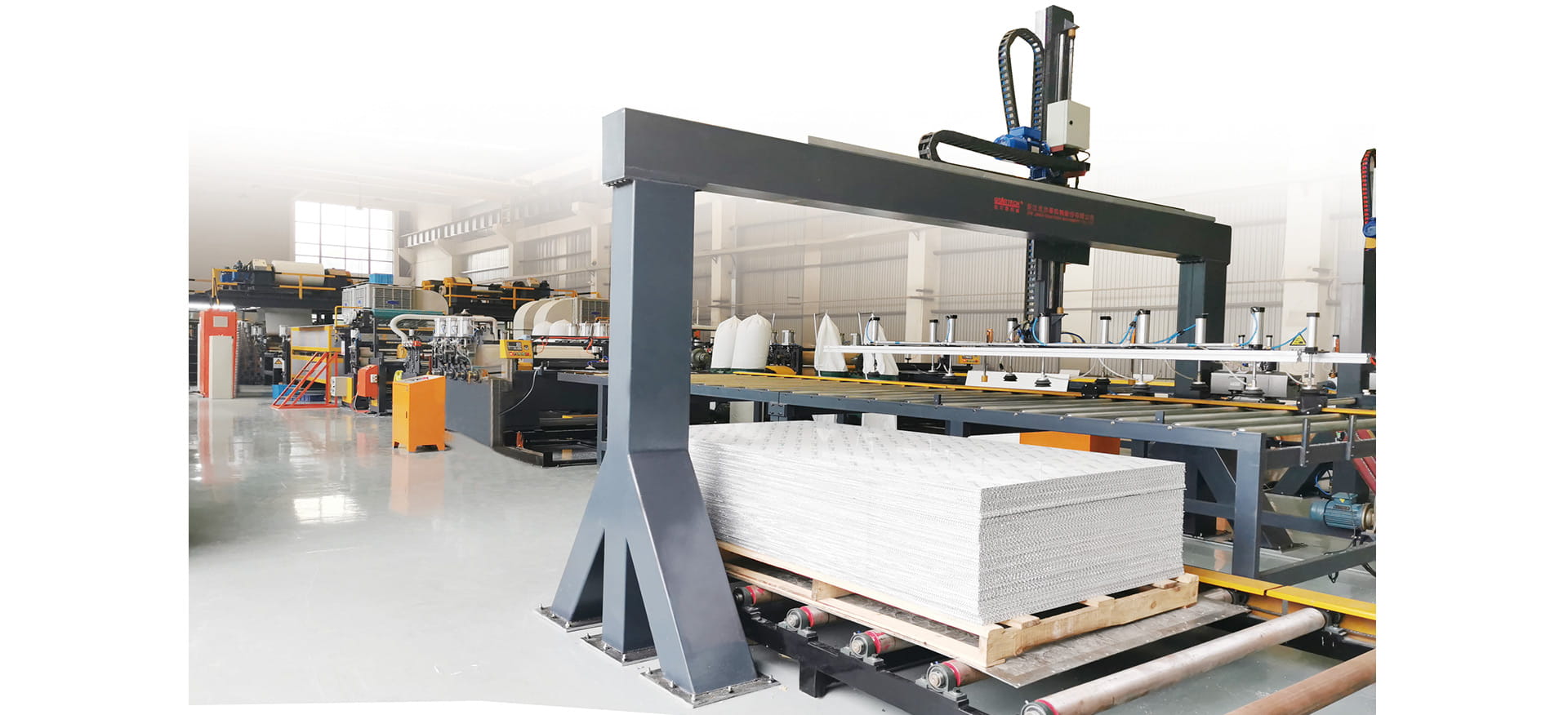Aluminium honeycomb panels are a lightweight, high-strength material that finds extensive use in aerospace, marine, and construction industries. It is made up of a honeycomb core sandwiched between two thin sheets of aluminum. This combination of aluminum and honeycomb provides strength and rigidity while keeping the weight low. The production process of aluminum honeycomb panels involves several steps, including the preparation of raw materials, bonding, and cutting. In this article, we will explore the production process of aluminum honeycomb panels.

Raw Material Preparation
The first step in the production of aluminum honeycomb panels is the preparation of raw materials. The raw materials required for this process include aluminum sheets, honeycomb cores, adhesives, and protective films. The aluminum sheets are typically made from high-quality aluminum alloys that provide strength and durability. The honeycomb cores are made of hexagonal cells that provide the panel's structure. The cells are usually made of a lightweight material such as cardboard or aluminum.
The aluminum sheets are first cleaned and treated to remove any impurities or dirt. They are then coated with an adhesive, which serves as a bonding agent between the honeycomb core and the aluminum sheets. The honeycomb core is also coated with adhesive on both sides.
Bonding
Once the raw materials are prepared, the next step is bonding. The bonding process involves placing the honeycomb core between two aluminum sheets and applying pressure to the sandwich. This pressure causes the adhesive to bond the aluminum sheets to the honeycomb core, creating a strong and rigid panel. The pressure is applied using a hydraulic press or a vacuum bag process. The vacuum bag process involves placing the panel in a bag and removing the air to create a vacuum, which applies pressure to the panel.
After bonding, the panels are cured in an oven to activate the adhesive and ensure a strong bond. The curing process involves heating the panel at a specific temperature for a set amount of time.
Cutting
Once the panels are cured, they are ready for cutting. The cutting process involves cutting the panels into the desired size and shape. This can be done using a variety of cutting tools, including saws, routers, and lasers. The cutting process must be precise to ensure the panels fit perfectly into their intended application.
Quality Control
Throughout the production process, quality control measures are taken to ensure the panels meet the required standards. Quality control measures include checking the dimensions, flatness, and surface finish of the panels. The panels are also checked for any defects or imperfections that may compromise their performance.
The production of
aluminum honeycomb panels is a complex process that involves several steps, including the preparation of raw materials, bonding, cutting, and quality control. The final product is a lightweight, high-strength material that finds extensive use in aerospace, marine, and construction industries. The production process requires precision and attention to detail to ensure the panels meet the required standards. As technology continues to advance, the production process is likely to become more efficient and cost-effective, making aluminum honeycomb panels even more widely used in various industries.

 中文简体
中文简体 English
English Português
Português русский
русский Español
Español عربى
عربى









